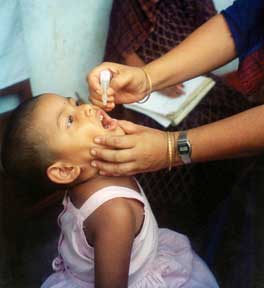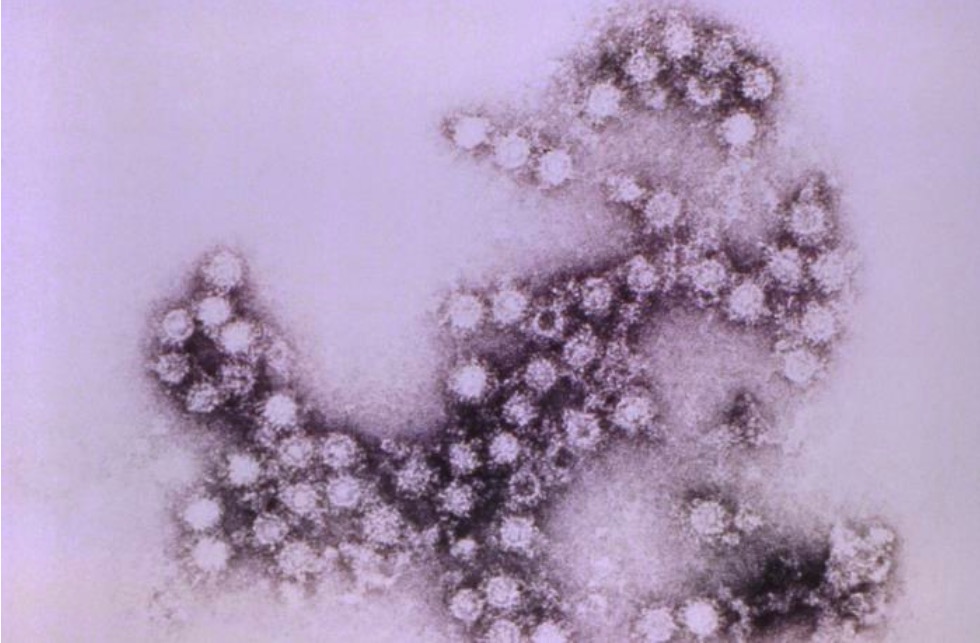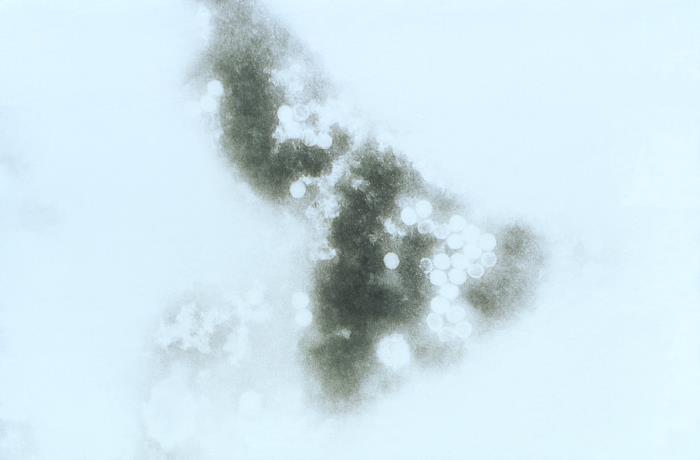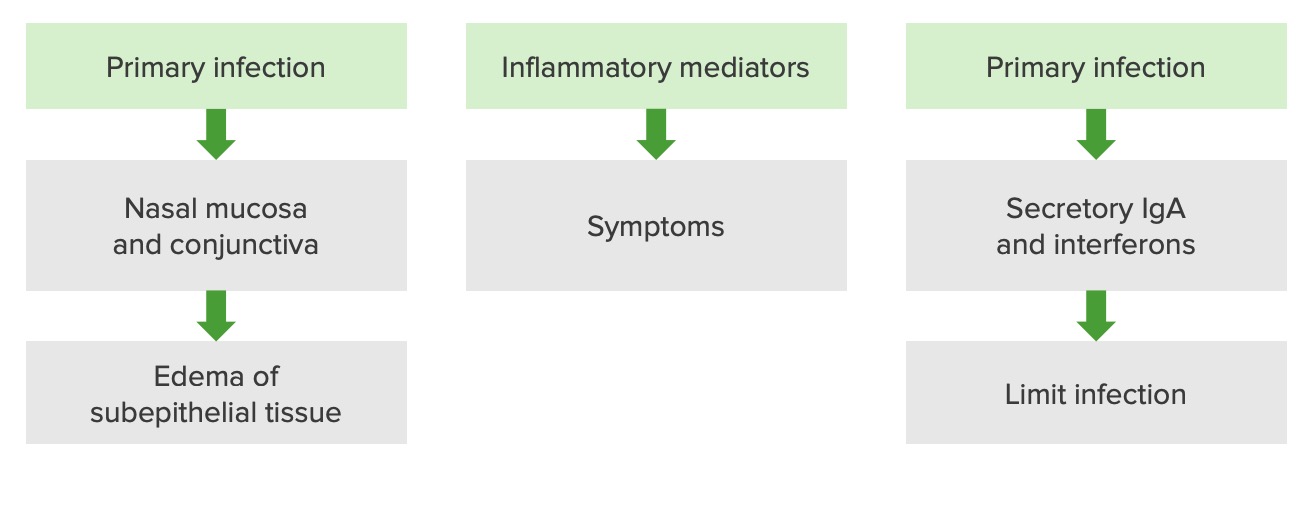Playlist
Show Playlist
Hide Playlist
Picornaviruses
-
02-38 Picornaviruses.pdf
-
Download Lecture Overview
00:01 The picornaviridae, viruses. 00:04 The picornaviridae are small, nonenveloped, icosahedral capsids, that have a linear, single-stranded, positive-sense RNA genome. 00:14 This genome, because it has a positive sense, can function as messenger RNA. 00:20 There are several very important picornaviridae and they're described here. 00:25 An easy way to remember them is the acronym PERCH, P-E-R-C-H, standing for polio virus, echovirus, rhinovirus, coxsackieviruses, and the hepatitis A virus. 00:41 The polio viruses cause, as you would imagine, poliomyelitis, and as we'll talk about in just a bit, there are vaccine preventions for these. 00:50 The others, not as easily vaccine preventable, with the exception of hepatitis A virus. 00:56 The echoviruses and many other enteroviruses can cause aseptic meningitis. 01:02 Rhinoviruses, the common cold, you all know about that. 01:06 The coxsackie viruses, a whole list of things, depending on where the viruses have tissue tropism. 01:12 So, central nervous system causing aseptic meningitis, the mouth causing herpangina, hand-foot-mouth disease on the skin, and of course other organ systems including the heart with myocarditis, pericarditis, and even sometimes, enteric systems. 01:29 And then hepatitis A virus causing acute viral hepatitis. 01:34 So, one family of viruses, which actually has a very wide range of clinical manifestations, all depending on what target cell each virus goes for.
About the Lecture
The lecture Picornaviruses by Sean Elliott, MD is from the course Viruses.
Included Quiz Questions
Which of the following picornaviruses is most likely to be the culprit if a patient presents with hand, foot, and mouth disease?
- Coxsackievirus
- Poliovirus
- Echovirus
- Rhinovirus
- Hepatitis A virus
Customer reviews
5,0 of 5 stars
| 5 Stars |
|
5 |
| 4 Stars |
|
0 |
| 3 Stars |
|
0 |
| 2 Stars |
|
0 |
| 1 Star |
|
0 |







